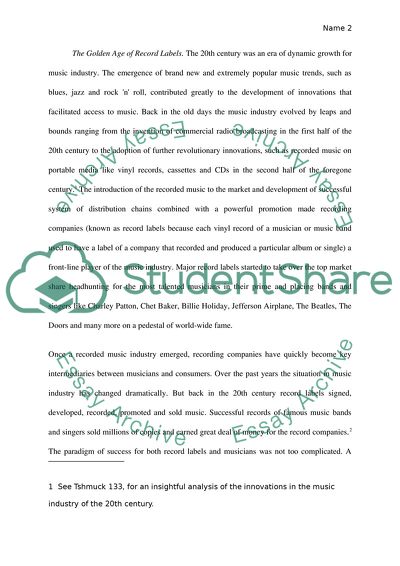Cite this document
(“Rise And Fall Of Traditional Forms Of Music Retail Essay”, n.d.)
Retrieved from https://studentshare.org/music/1672879-rise-and-fall-of-traditional-forms-of-music-retail
Retrieved from https://studentshare.org/music/1672879-rise-and-fall-of-traditional-forms-of-music-retail
(Rise And Fall Of Traditional Forms Of Music Retail Essay)
https://studentshare.org/music/1672879-rise-and-fall-of-traditional-forms-of-music-retail.
https://studentshare.org/music/1672879-rise-and-fall-of-traditional-forms-of-music-retail.
“Rise And Fall Of Traditional Forms Of Music Retail Essay”, n.d. https://studentshare.org/music/1672879-rise-and-fall-of-traditional-forms-of-music-retail.


